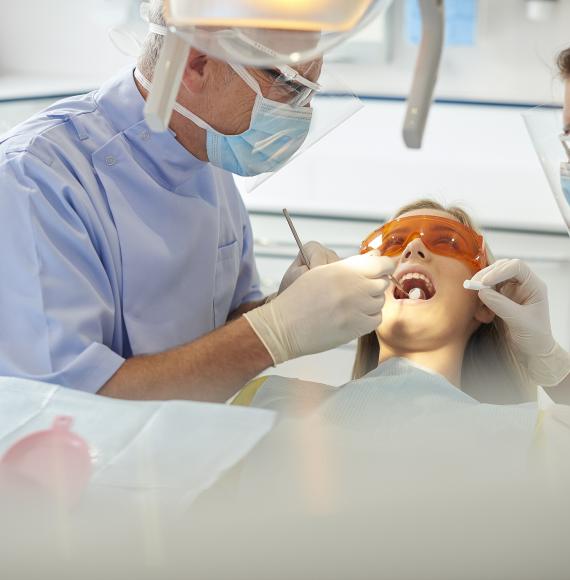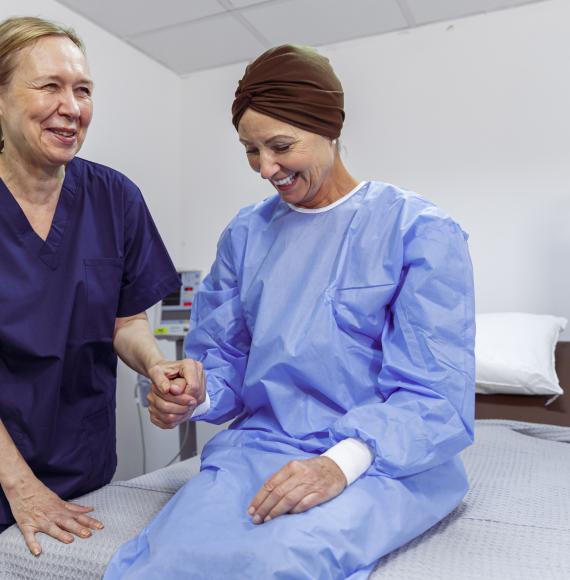Monthly statistics from NHS England (NHSE) have revealed progress in cancer care, ambulance response times and backlog waiting lists.
For the second month in a row, the health service has met the 28-day faster cancer diagnosis standard. Nearly 200,000 people referred or screened received a diagnosis or all-clear within the four week target – that is the equivalent of 77%, which exceeds the national target of 75%.
In the 12 months up to March 2024, over 2.2 million people received a cancer diagnosis or all-clear within 28 days.
NHSE puts the success in the last two months down to national support for trusts to reduce variation and initiatives like FIT tests speeding up diagnosis for bowel cancer patients.
NHS staff also set a record for the number of urgent cancer appointments delivered in March, with more than 12,500 patients being seen each day which works out to over 254,000 for the entire month.
This is the equivalent of 3,000 more patients getting referred a day than prior to the pandemic, while 1,400 people started cancer treatment per day – another record.
“These figures show the NHS has made significant progress tackling the longest waits for patients with cancer, which has been achieved against a backdrop of record referrals for suspected cancer,” said NHSE’s national cancer director, Dame Cally Palmer.
“It also shows our progress is sustainable, as we exceeded our ambitions for the number of people diagnosed or given the all-clear within 28 days for the second month in a row.”
NHSE’s data also shows that ambulance response times were faster across the board last month, with category one cases recorded at 10 seconds faster than March – 8:20 – 8:10. This is the fastest since last April.
Category two calls were responded to nearly three-and-a-half minutes faster last month than in March, and quicker than any of the 10 months prior to that – 33:50 for March and 30:22 for April.
With more call handlers joining the NHS, figures indicate that over 730,000 999 calls were answered in April, with an average answering time of just three seconds, which is the fastest since April 2021.
The data shows last month was the busiest ever April for both A&E attendances and admissions – 2.23 million and 544,000 respectively.
Despite the high demand, around three-quarters (74.4%) of people were discharged, admitted or transferred within four hours, which is the highest proportion since last April.
NHSE puts this down to measures taken as part of the urgent and emergency care recovery plan.
📉 Overall NHS waiting lists have decreased by around 200,000 since September.
— Department of Health and Social Care (@DHSCgovuk) May 9, 2024
⬇️ This is the biggest six-month fall in over 10 years outside the pandemic.
Thanks to the hard work of @NHSEngland staff who are providing patients with care that is faster, simpler and fairer. pic.twitter.com/dzK5hPIihH
There is also progress in the number of patients waiting longer than 62 days for treatment, with that figure now being at its lowest level since April 2020.
Overall, the waiting list remained stable at 7.54 million, with 6.29 million individual patients. Those waiting over 65 weeks are now down to just under 49,000.
Approximately 1.43 million treatments were delivered in March, meaning the NHS delivered 17.41 million appointments and procedures in the 12 months leading up to March 2024. This is almost a quarter of a million more than the 17.16 million delivered between March 2019 and February 2020.
“Today’s figures show just how hard NHS staff are working to deliver the best possible care for patients, despite ongoing significant demand and a difficult recovery journey,” explained Professor Sir Stephen Powis, NHSE’s national medical director.
He continued: “Improvements in urgent and emergency care continue, with ambulances responding to emergency calls faster, and more people being seen within four hours in A&Es despite a record April for attendances and admissions.
“The data also shows the huge efforts as part of the NHS elective recovery plan to treat those who have been waiting the longest for routine treatment are paying off”.
Image credit: iStock



















